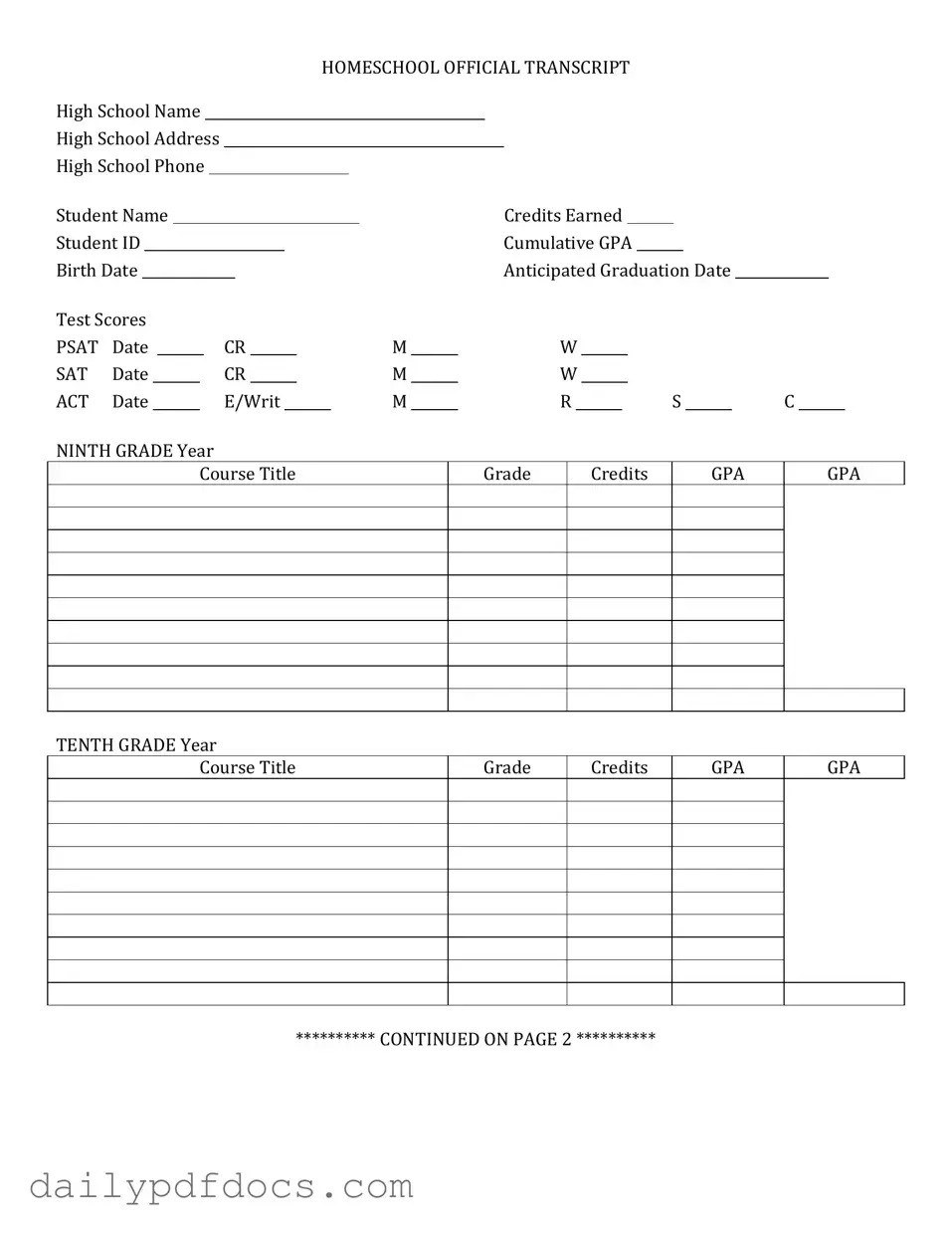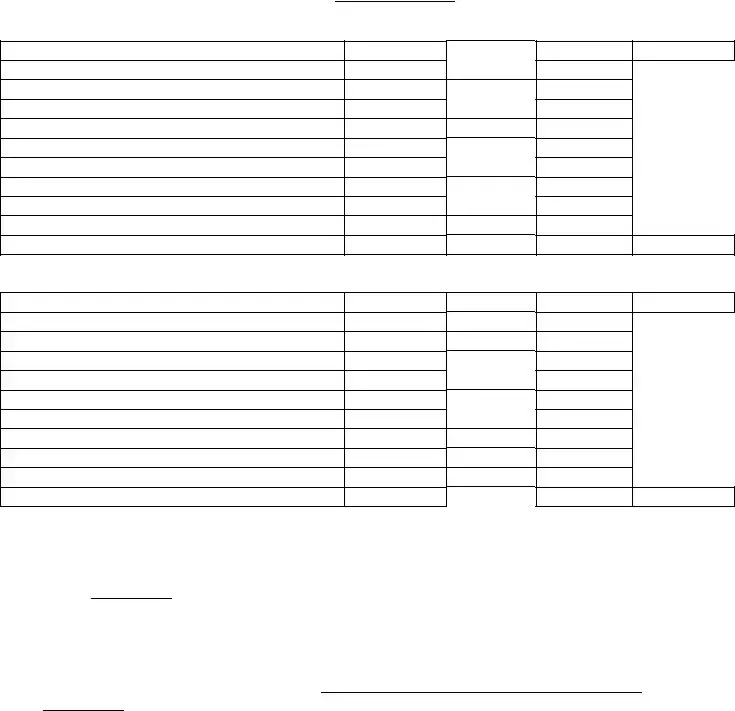What is a High School Transcript?
A high school transcript is an official record of a student's academic performance during their high school years. It includes details such as the courses taken, grades received, and credits earned. This document is crucial for college applications, job opportunities, and various scholarship applications. It serves as a comprehensive summary of a student's educational achievements.
Why do I need a High School Transcript?
You may need a high school transcript for several reasons. If you’re applying to colleges or universities, they will often require your transcript to assess your academic readiness. Employers may also ask for it to verify your educational background. Additionally, if you are seeking scholarships or financial aid, a transcript is typically necessary to demonstrate your academic performance.
How can I request my High School Transcript?
Requesting your high school transcript is usually a straightforward process. Start by contacting your high school’s guidance office or registrar. They can provide you with the necessary forms or online links to request your transcript. Be prepared to provide identification and possibly pay a small fee. Some schools allow you to request transcripts online, while others may require a written request.
How long does it take to receive my High School Transcript?
The time it takes to receive your high school transcript can vary. Generally, it may take a few days to a couple of weeks, depending on the school's processing time and your method of request. If you need your transcript urgently, consider asking your school if they offer expedited services for a quicker turnaround.
Can I get my High School Transcript if I graduated a long time ago?
Yes, you can obtain your high school transcript even if you graduated many years ago. Most schools maintain records for several decades. Contact your former high school to inquire about their process for alumni transcript requests. They may have specific procedures in place, but rest assured, your educational history is still accessible.
What if I find an error on my High School Transcript?
If you notice an error on your high school transcript, it’s important to address it promptly. Contact your high school’s guidance office or registrar immediately. They will guide you through the process of correcting the mistake. You may need to provide documentation or proof to support your claim, but schools are typically eager to ensure that records are accurate.


